As a Wheat Milling Machine Plant manufacturer, PINGLE share it with everyone.
The operation of the flour grinding machine adopts blade cutting and high-speed air impact and the two-layer destruction function of collision is integrated, and the particle sorting process can be completed together. The operating principle of the flour mill: During the blade cutting and destruction process, the rotor generates high-speed airflow and rotates with the blade cutting direction, the material accelerates in the airflow, and repeated impacts cause the material to be destroyed in two layers together, speeding up the destruction rate of the material.
Discover the efficiency of PINGLE’s flour machines, where advanced technology meets practical design. Our machines utilize a combination of precise blade cutting and high-speed airflows to ensure optimal grain processing. This results in a higher destruction rate of materials and a refined milling process, setting new standards in flour production. Experience the difference with PINGLE’s machinery—where every detail is engineered for quality and performance.
As the airflow enters the classification chamber to cause the destruction to rotate at a high speed, the classification rotor will generate centrifugal force in the classification chamber, and the centripetal force caused by the viscous effect of the airflow is felt. When the centrifugal force experienced by the particles are greater than the centripetal force, the classification diameter The coarse particles on the upper surface return to the destruction chamber and continue to destroy the fine particles below the classification diameter into the powder collector with the airflow to collect.
There are three main operating characteristics of the flour mill. First, the main shaft in the power system is sequentially equipped with bearing caps, radial ball bearings, bearing pads, and thrust ball bearings from top to bottom. Secondly, in the grinding system, it is composed of a spring, a spring pad, an inner grinding head, an adjusting nut, and an outer grinding head mounted on the spindle; at the end, in the separation system, above the brush mounted on the spindle, there is a Tension spring, there is an adjusting nut under the brush.
The working principle of a flour mill mainly revolves around a series of processing steps to convert wheat into flour. Here is a brief introduction to a typical working flour mill and its working process, and mentions the characteristics of a mini flour mill machine.
Raw material processing: First, the collected wheat is cleaned to remove impurities such as soil, stones, foreign matter, etc. This step is crucial to ensure the quality of the flour.
Conditioning: The next step is to adjust the moisture content of the wheat. By adding appropriate amount of water to it and letting it stand for a period of time, the wheat is easier to process and helps to improve the quality of the flour.
Milling: This is the core step. The wheat is broken into coarse grains through a series of grinding rollers and then gradually ground into flour. During this process, the distance between the grinding rollers is adjusted as needed to control the particle size and quality of the flour.
Screening and grading: The mixture of wheat particles after milling is sent to the screening equipment for screening to separate flour and bran of different particle sizes. This step may need to be repeated several times to ensure the fineness and purity of the final product.
Purification and blending: Finally, the flour is further purified using airflow or other technologies to remove light impurities, and different batches or types of flour are mixed as needed to achieve the required quality standards.
Compact design: Mini flour mills usually have a compact design and are suitable for use in places with limited space, such as small-scale farms or family workshops.
High flexibility: Due to its small size, this machine can quickly switch from one product to another, which is very suitable for producing a variety of products.
Cost-effectiveness: Compared with large flour mill equipment, small flour mills have a lower investment cost and are more suitable for users with limited budgets or small businesses that want to test market demand.
At its core, the flour grinding working principle revolves around the concept of grinding. The primary objective is to reduce grains, such as wheat, corn, or rice, into powdery particles of flour. This task is accomplished through a series of carefully orchestrated steps.
The process begins with the introduction of raw grains into the mill's hopper, where they are stored. From there, the grains are conveyed to the grinding chamber, which houses the heart of the flour mill: the grinding stones or rollers.
As the grains enter the grinding chamber, they encounter the grinding stones or rollers rotating at high speeds. The friction generated between the grains and the stones or rollers causes the grains to be crushed, ground, and pulverized. The result is a coarse powder that gradually transforms into fine flour.
To ensure consistent and uniform grinding, flour mills are equipped with adjustable settings. These settings allow users to regulate the gap between the grinding stones or rollers, determining the desired fineness of the flour produced. This flexibility enables flour mills to cater to various culinary needs, from coarse flours suitable for rustic bread to fine flours perfect for delicate pastries.
As the grinding process progresses, the ground flour particles are sifted and separated from any remaining bran or impurities. This step, known as sieving, guarantees a pure and refined final product. Flour mills often incorporate sophisticated mechanisms to achieve efficient sieving, ensuring that only the finest particles pass through while larger particles are recycled for further grinding.
Throughout the entire operation, flour mills employ advanced technologies to optimize performance and maintain a steady workflow. These include powerful motors, precise control systems, and safety features to ensure user-friendly operation.
In conclusion, the flour mill working principle relies on the mechanical force of grinding to break down grains and produce finely ground flour. By unveiling this ingenious process, we gain a deeper appreciation for the vital role flour mills play in our daily lives, contributing to the creation of wholesome bread, pastries, and countless culinary delights.
As you delve into the business of flour production, the working principle of PINGLE’s flour grinding machines is a testament to our commitment to excellence. Our machines are not just about grinding; they are about transforming the way you think about milling. With cutting-edge technology that ensures uniform particle size distribution, you’ll find that our machines provide a consistency in flour quality that is unmatched. The precision and control you gain over the milling process translate into a product that speaks volumes about your brand’s dedication to quality. Explore the mechanics behind our flour grinding machines and see how they can revolutionize your production line.
Pingle's flour mills machines are sold well in many countries such as Zamibia, India, Uganda, Kenya, Nigeria. Come and contact us to start your flour mill project!
PINGLE Related Flour Mills(or customize your own flour mill business):
| Model | Power (kw) | Power consumptionper ton flour(kw/h) | Capacity(ton wheat of 24hrs) | Dimension(LxWxHm) | |
| 120TPD wheat mills | 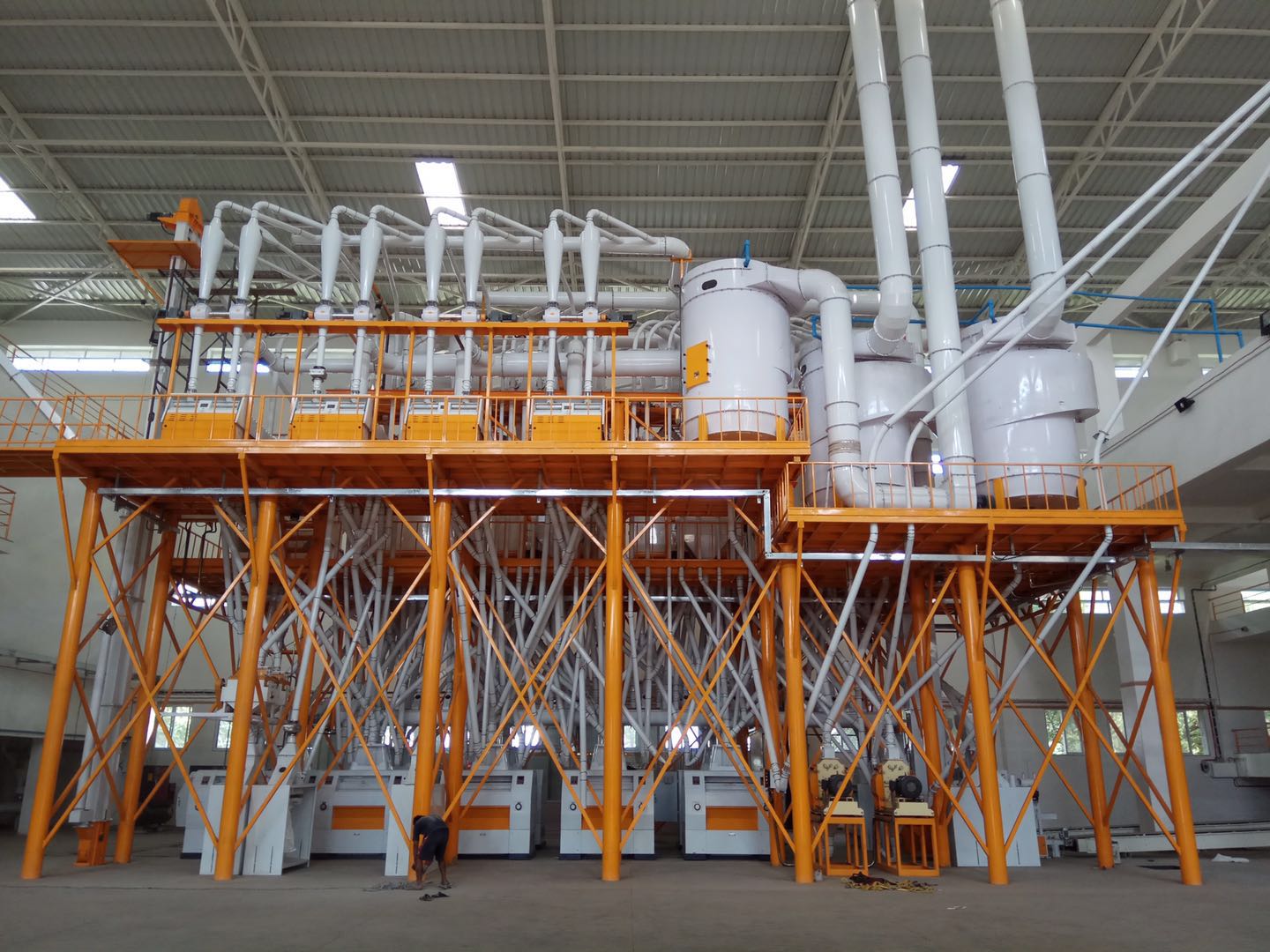 | 470 | 70-74 | 120 | 40x7.5x19 |
| 140TPD wheat mills | 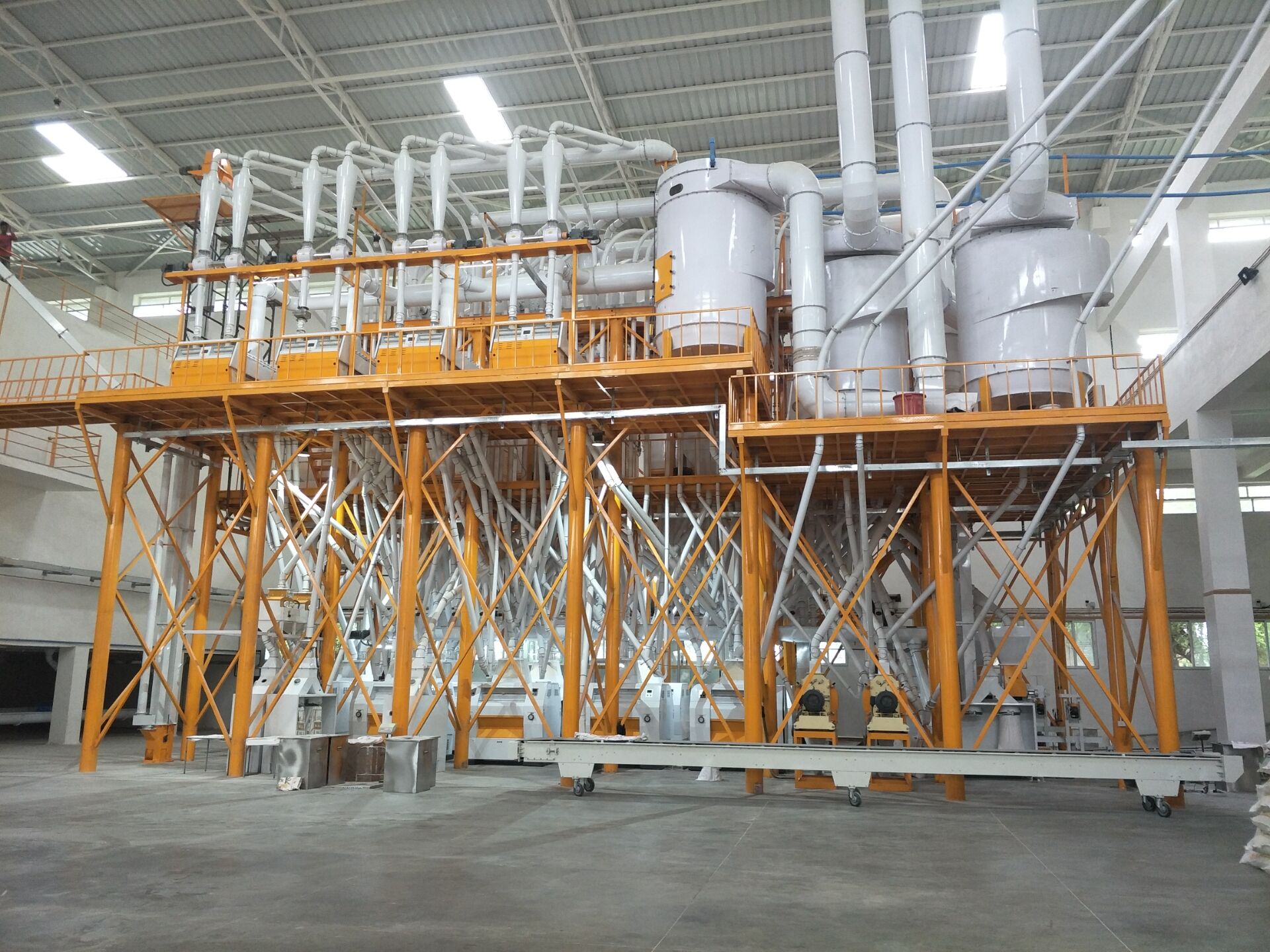 | 560 | 68-72 | 140 | 41x7.5x19 |
| 160TPD wheat mills | 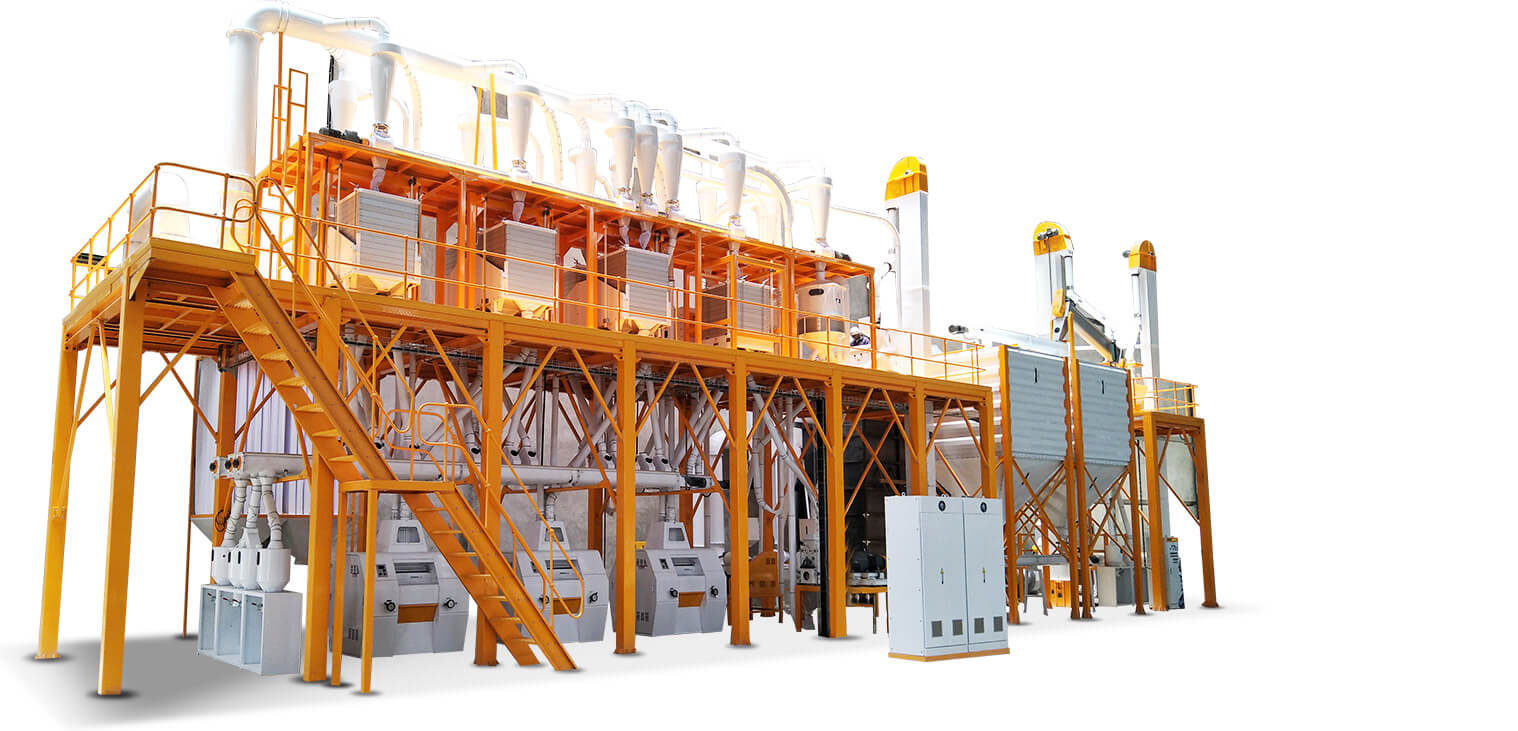 | 650 | 68-72 | 160 | 47x7.5x19 |
| 200TPD wheat mills | 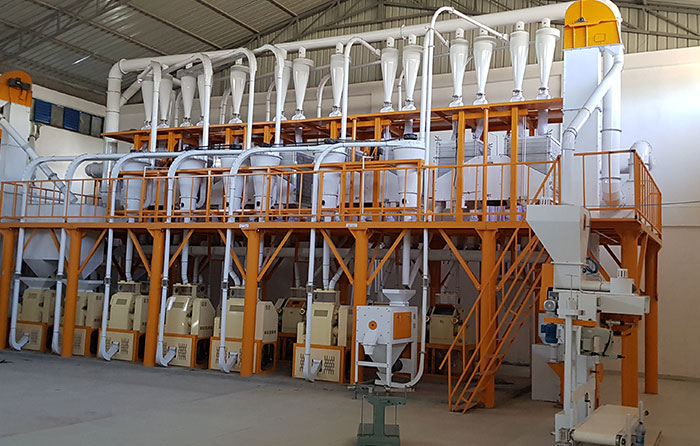 | 740 | 65-71 | 200 | 49x7.5x19 |
| 250TPD wheat mills | 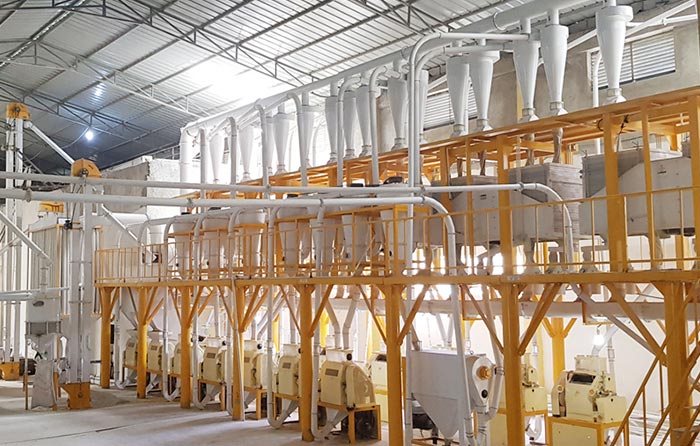 | 960 | 65-71 | 250 | 52x12x29 |
| 300TPD wheat mills | 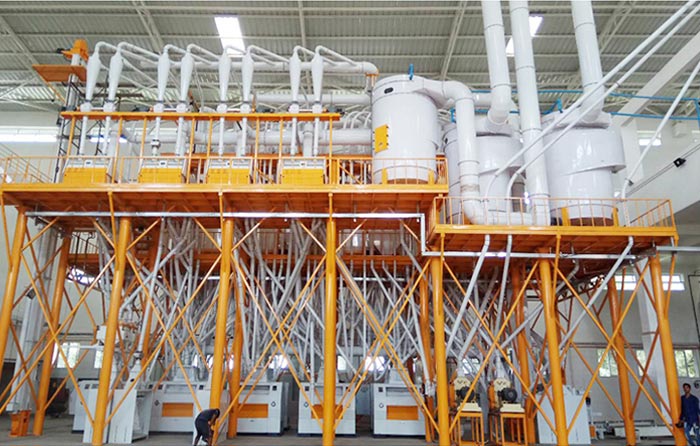 | 1170 | 65-71 | 300 | 62x12x29 |
| 400TPD wheat mills | 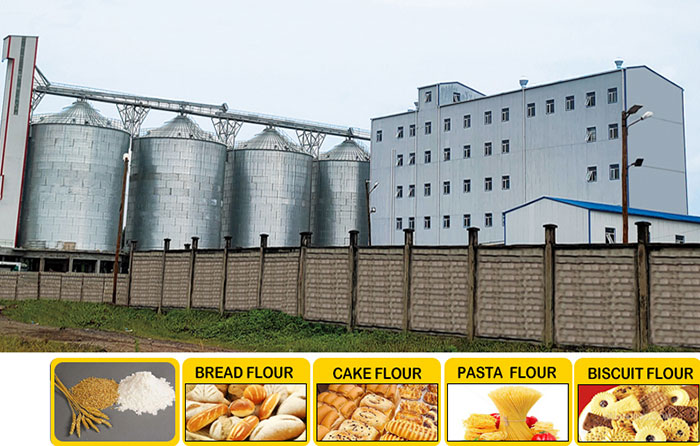 | 1675 | 65-70 | 400 | 72x12x29 |
| 500TPD wheat mills | 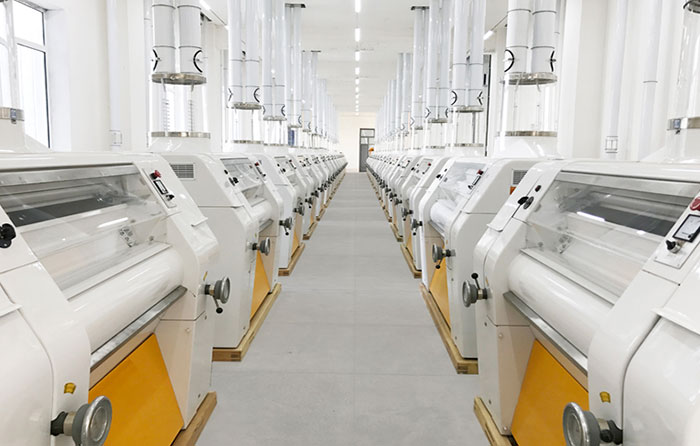 | 1950 | 65-70 | 500 | 87x12x30 |
PINGLE offers you a complete choice of products which include commercial four mill, commercial atta chakki machine, industrial atta plant, commercial chakki machine, flour mill machine and automatic flour mill plant.
Ready to elevate your flour milling to the next level? PINGLE’s advanced machinery is the key to unlocking unparalleled efficiency and quality in your flour production. Don’t miss out on the opportunity to transform your operations. Contact us today to learn more about our products and how they can benefit your business. Take action now and join the ranks of satisfied millers who have seen their businesses flourish with PINGLE.
Copyright © Hebei Pingle Grain Technology Intelligent Equipment Co.ltd. All Rights Reserved | Sitemap | Technical Support: 